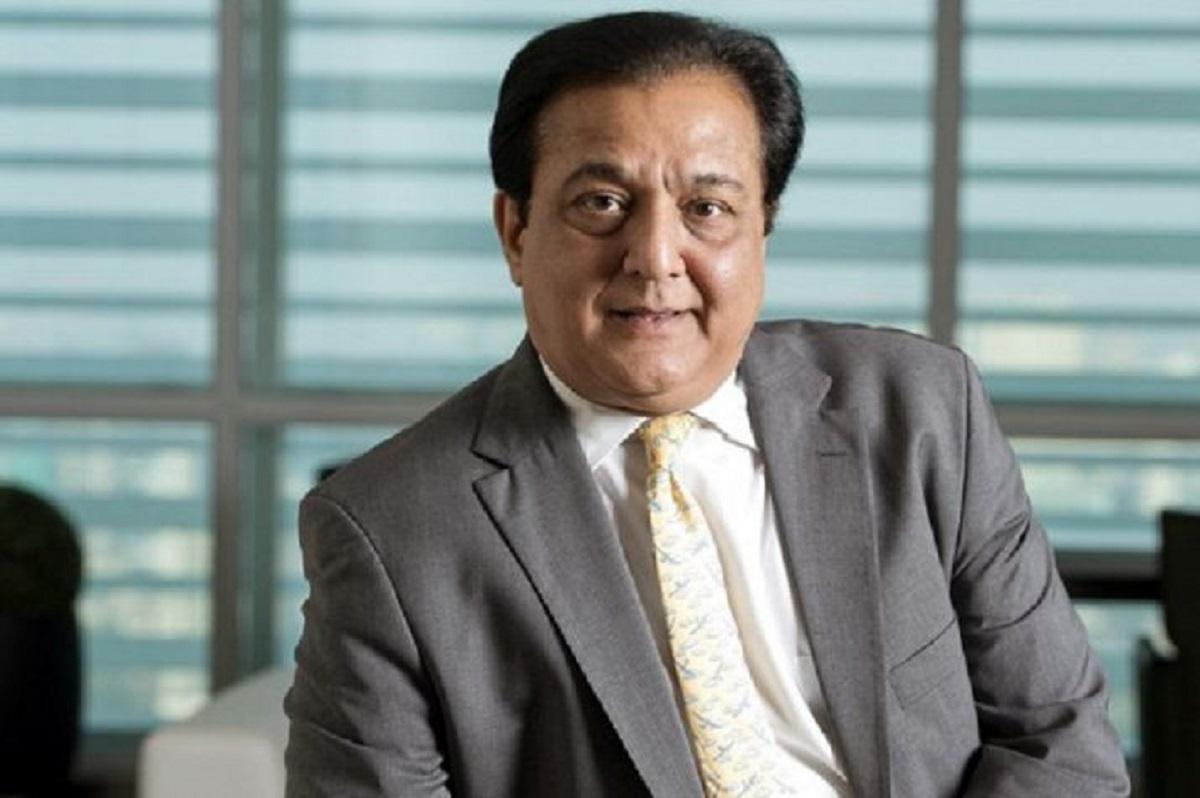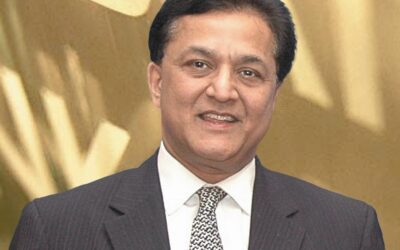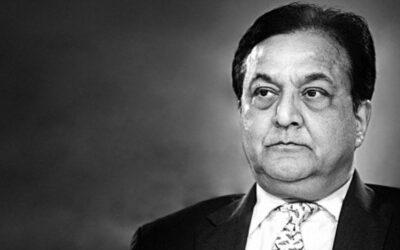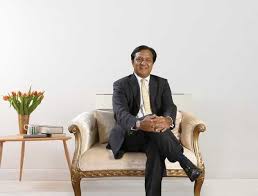In 2003 Rana Kapoor grabbed the opportunity to display his financial foresight and founded Yes Bank. His magnetism captured the public eye for a long time. Known for his meteoric rise and entrepreneurial success, let us get to know the man behind this enterprise who singlehandedly turned this brand new bank into the 4th largest private sector bank in India in a matter of a little over a decade.
Birth of A Passion
Born to a middle class family in Delhi, Kapoor had big dreams as a child. He often shared his dreams of starting his own company with his grandfather, who had immense trust in the young grandson’s dreams. After graduating from Shri Ram College of Commerce in New Delhi in 1977, he went off to USA to fulfill his dreams. He enrolled for MBA at Rutgers University in New Jersey. It was this stint that got him deeply inspired to pursue a banking career. He wanted to create something big, in this model, back in India. But before that he needed some more experience. Thus, upon the completion of MBA, he began his banking career as a management trainee in the Bank of America (BoA).
With a deep passion for banking, Rana Kapoor’s career flourished in 1980 at Bank of America (BoA), as he rose the ranks. His stance of taking intuitive risks, which brought him success every time, was highly commended by his employers. In 1990, he was awarded the coveted Eagle Pin by the chairman of the bank. With such a promising career trajectory, soon he became the head of their wholesale banking business as well as several high stakes assignments in various countries of Asia. However, all that success was not enough for him, as he had bigger dreams, of starting his own venture. After nearly a two-decade-long flourishing corporate career, Kapoor was resolved to embark on his own venture. He wanted to create something that he could call his own. He kept yearning for creative independence and even came up with an interesting business plan to create a non-banking finance company with five of his colleagues. It was presented to the American Insurance Group but nothing much came out of that plan. While his partners gave up on the idea, Kapoor was not ready to quit. Even though he continued his job at BoA, his passion was raging fire.
Fulfilling A Childhood Dream
After fifteen years at Bank of America, Rana Kapoor left his job to face new challenges, and embarked on the journey of his dream venture. While living abroad he missed his homeland deeply and dreamt of starting his venture back in India. His aim was to create a business that will not only serve his passion, but will also revolutionize the financial landscape of the country. He joined ANZ Grindlay’s investment bank in 1996 as the general manager and country head for India, which offered him valuable insights into the finance and banking sector of the country. After two years of working in this position, his desire to create his venture overpowered him and Kapoor felt that it was about time he quit his job.
The Professional Entrepreneur
In 1995 when a team from Rabobank came to India, in their search for opportunities, Rana Kapoor, his brother-in-law Ashok Kapur and Harkirat Singh pitched a proposal for a couple of joint ventures, comprising of a non-banking financial company as well as a bank. In the following year, there were several meetings between this Indian team and Rabobank executives of India, Singapore and the Netherlands, which led to the setting up of The NBFC in 1997. Kapoor and his partners chipped in an equity capital of ₹ 9 crore per person, thus, owing 25% of the equity in Rabo India. It was his first baby step into setting up financial business, which later evolved into his billion-dollar banking enterprise.
Journey to Yes Bank
When Rana Kapoor began his journey in the financial landscape of India, the path was not easy. Following the Asian currency of 1997, it was incredibly hard to set up a financial organization in the country. Moreover, the concept of professional entrepreneurship was yet to take off in India, and thus, it was a lot of hard work to actually start the venture. Post a few years of immense effort, it was in 2003 that his dream was transformed to reality.
In 2003, Kapoor and the other partners made a hard, but ambitious decision of selling their Rabo India stakes, which fetched them $10 million. This worked towards the risk capital for the seed fund of 200 crores that was used to set up the Yes Bank. In 2003, the Reserve Bank of India granted banking license to Yes Bank. Rana Kapoor had 26% stake in Yes Bank, while Ashok Kapur had 11%, and Rabobank International had 20% stake in this venture.
With an initial public offering which rose more than ₹ 300 crores, Yes Bank was founded, opening their first branch in Mumbai in August 2004. Over the years it has expanded with an extensive banking network of 1000 branches across the country and 1,800 ATMs. The secret to the success of Yes Bank lies in the unique decision making abilities of Rana Kapoor. He was willing to take a chance, dreaming big and thus rising to become the fourth largest private lender, and changing India’s financial landscape forever.
Rana Kapoor is an inspiring man, who believed in the power of his dreams, and going all the way to achieve them. There were hurdles in the way but he didn’t let that deter him. In 2010, in an interview with Forbes magazine Kapoor said, “The main challenges are that we start as underdogs without institutional support and pre-established systems… In the beginning, we all lack the brand and have to really fend for ourselves.” However, the business model and the trend of taking calculated risks paid off as Yes Bank grew rapidly to become one of the largest private banks of the country.
Source: IndianCEO




